#mormon fritillary
Explore tagged Tumblr posts
Text



Fritter Away with the Mormon Fritillary
The Mormon fritillary (Speyeria mormonia) is a common species of butterfly found throughout western North America. There are multiple subspecies distributed throughout its range, which extends from northern Canada to the southern United States, following the Rocky Mountain range. They are found in a variety of habitats, including alpine grasslands, meadows, and sparse pine forests.
Larval S. mormonia are almost entirely dependent on violets for food, while adults will also feed on milkweeds, thistles, and daisies, as well as mud puddles and animal waste. Birds, rodents, lizards, frogs, spiders, and mantids are all common predators of both caterpillar and adult Mormon fritillaries.
Mating for the Mormon fritillary occurs in mid to late summer. Males regularly search open areas for available females, and following an encounter females lay their fertilized eggs in leaf litter near patches of violets. After about 10 days the eggs hatch, but rather than feeding the caterpillars enter a period of hibernation that lasts throughout the winter. Come spring, they emerge and feed on their host plant for just over a month. Pupation takes 10-12 days, after which they emerge as fully mature adults. In the wild, individuals can live up to 4 years.
S. mormonia are rather small, but brightly colored butterflies. The wingspan for females ranges from 25-27mm (0.98-1.06 in), while males are slightly smaller at 23-26mm (0.9-1.02 in). The top wings of both sexes are orange with black spotting, while the undersides are lighter yellow with white spots, and the body is covered in brown or tan fur.
Conservation status: The Mormon fritillary has not been evaluated by the IUCN, but populations are generally considered to be stable across the US. Its most common threat is the disappearance of its host flower species.
Want to request some art or uncharismatic facts? Just send me proof of donation of any amount to any of the fundraisers on this list, or a Palestinian organization of your choice!
Photos
John Lane
Mark Leppin
David Inouye
#mormon fritillary#Lepidoptera#Nymphalidae#greater fritillaries#butterflies#lepidopterids#insects#arthropods#generalist fauna#generalist arthropods#grasslands#grassland arthropods#deciduous forests#deciduous forest arthropods#mountains#mountain arthropods#north america#western north america#animal facts#biology#zoology#ecology
68 notes
·
View notes
Text

Mormon Fritillies
I made it up to the head of Horse Prairie creek the other day. Not a lot of opportunities for pictures except for a huge number of butterflies. I was able to photograph several while I was working my way up the creek fishing, and when I was walking back to my ATV. The plan was after I had lunch that I was going to try to get more pictures of them, but the enormous swarm of little black flies (which have a nasty, painful bite) chased me out of there.
Nikon D500, Manual Mode, Tamron 150-600mm VC G2, F/6.3, Aito ISO (200), ET 1/640, Focal Length 600mm, Handheld, Vibration Control on
#mormon#fritillary#mormon fritillary#butterfly#bug#insect#nature#wildlife#beaverhead#beaverhead-deerlodge national forest#photography#photos of southwest montana#dillon#brad christensen#montana#photographer#summer#summertime#my photgraphy
90 notes
·
View notes
Text


For Our Lord Sheogorath, without Whom all Thought would be linear and all Feeling would be fleeting - I have spent. Five. Months. on this art of what I can only call 'Sheogorath Phase 2'. Not continuously, because I was taking breaks to avoid going crazy, but you can see by the sheer amount of unique patterns and level of detail (all of which was done by hand, though I did copy my work over a couple times once I got the necessary bits of the wing line art done + simplified matters for the foreground/background butterflies) that this was a labor of love... and that I was going to go full in on my love of patchwork coats, given that I haven't made any Sixth Doctor art for a long time now. It took almost a month and a half to get just the rough design of the wings functional.
Butterflies referenced for the wings - Alpine Black Swallowtail, American Swallowtail, Monarch Butterfly, Spotted Fritillary, Scarlet Mormon Butterfly, Red Spotted Purple (which is more of a black + blue with a touch of orange), Cairns birdwing, Blue clipper, Painted beauty... and that's even before we get into the dragonflies/damsel flies that inspired the work on those parts of the wings, because I couldn't keep them all straight beyond the Blue Dazzler Damselfly.
#sheogorath#the elder scrolls#tes#skyrim#tesblr#elder scrols online#2023#nvz my art#so. many. butterflies.
585 notes
·
View notes
Text
@critterchitters-closedcaptions submitted: So! we got a new job thats sorting through bugs to find culex mosquitos!
(all the bugs are dead :( we had to freeze them so we could do pest control things - only exception is the butterfly who was just On The Floor)
this is a not-so-little dude


This is a pile of 897 mosquitos

This is a really pretty culex mosquito i found!

a pile of insects i had to find mosquitos in

the first trap i looked through - full of ticks!!


and lastly two green dudes!


(can you maybe help id the green dudes and the butterfly? theyre all in [removed] [< please remove] wyoming, lol)
What an interesting job! Although it probably gets a bit tedious after the 800th mosquito lol. RIP to all these friends. The butterfly looks like a Mormon fritillary, Speyeria mormonia. The green dudes look like female midges maybe in Chironomus, as far as I can tell. The pterostigmata are in the right place for that, at least. A positively IDed friend for comparison:

Photo by zoology123
#animals#insects#bugs#arachnids#submission#dead bugs#tick#mosquito#congregation#butterfly#midge#mormon fritillary
79 notes
·
View notes
Photo

- - - #bug #insect #insects #bugs #insectphotography #lepidoptera #butterfly #fritillary #mormonfritillary #mormon #nymphalidae
#nymphalidae#mormon#bug#mormonfritillary#insect#fritillary#lepidoptera#insects#bugs#butterfly#insectphotography
35 notes
·
View notes
Note
Tag the selected as species of butterfly lol
Hadley: Pipevine Swallowtail
Rawlyna: Eastern Tiger Swallowtail
Robin: Common Buckeye
Adria: Monarch
Elowen: Clouded Sulfur
Marsali: Great Southern White
Jenna: Eastern Tailed Blue
Soraya: Zebra Longwing
Savannah: White Peacock
Sienna: Gulf Fritillary
Margaret: Common Checkered Skipper
Rosie: American Copper
Lusela: Julia Longwing
Layla: Acmon Blue
MJ: Queen
Astranova: Florida Atala
Olwyn: Mormon Metalmark
12 notes
·
View notes
Photo
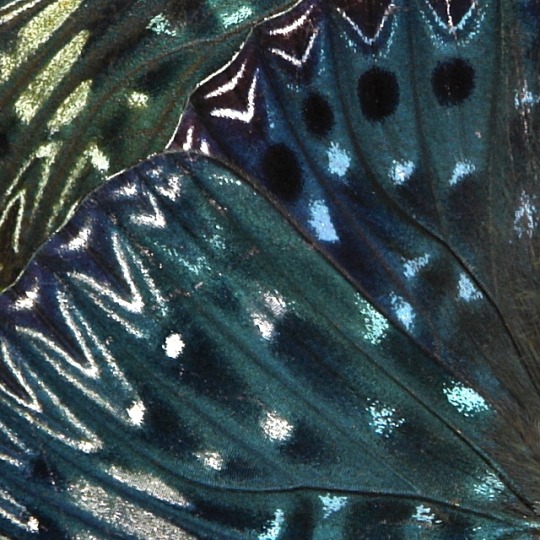
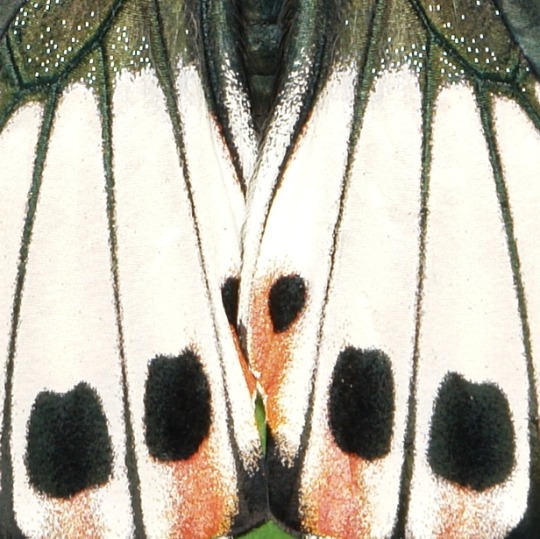
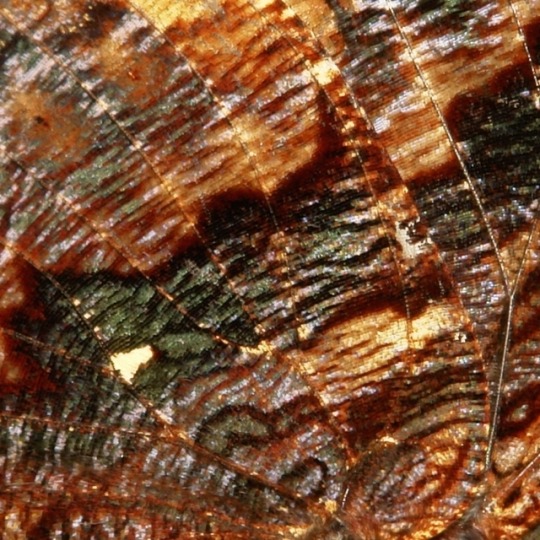
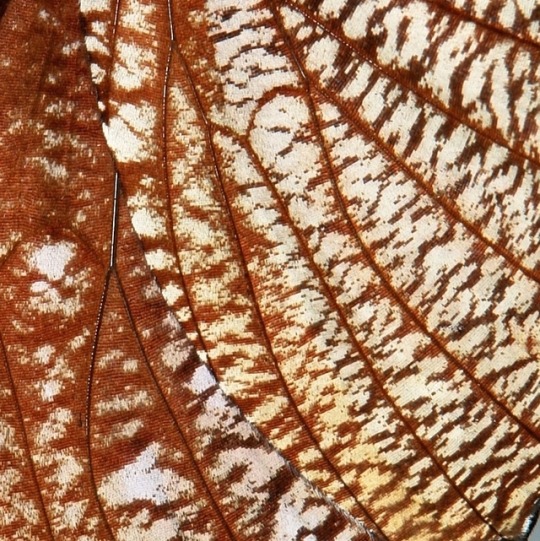
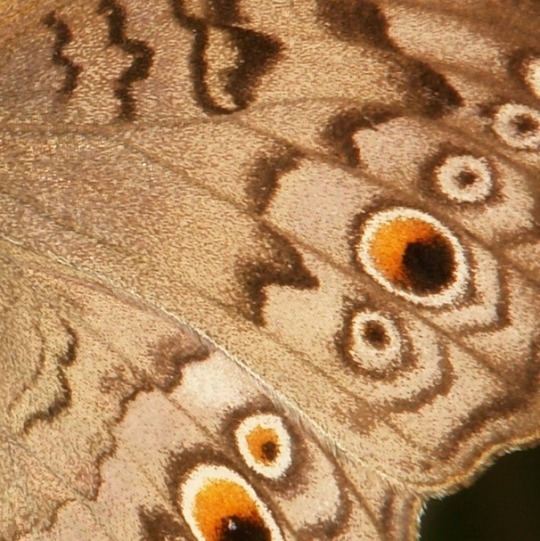
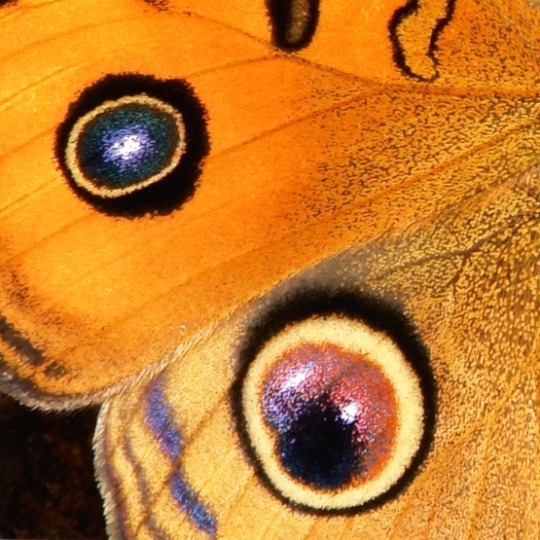
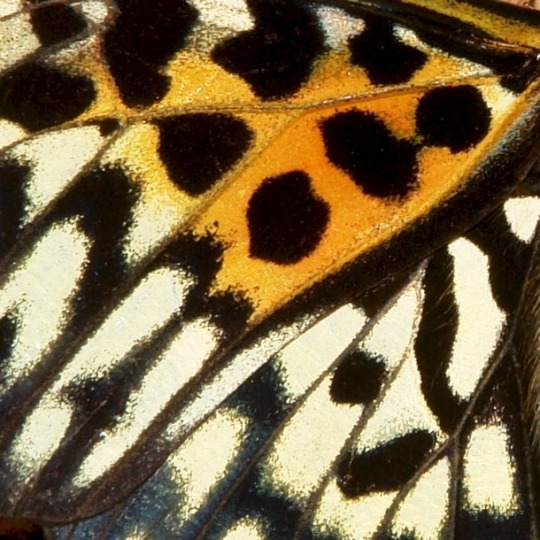
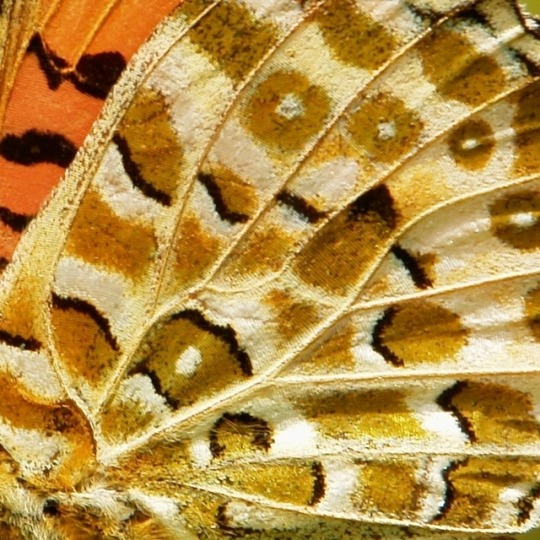
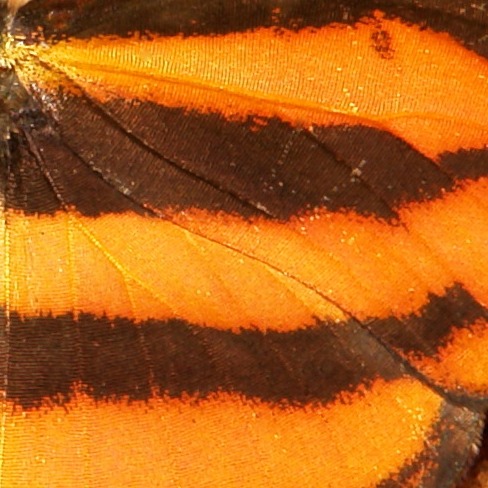
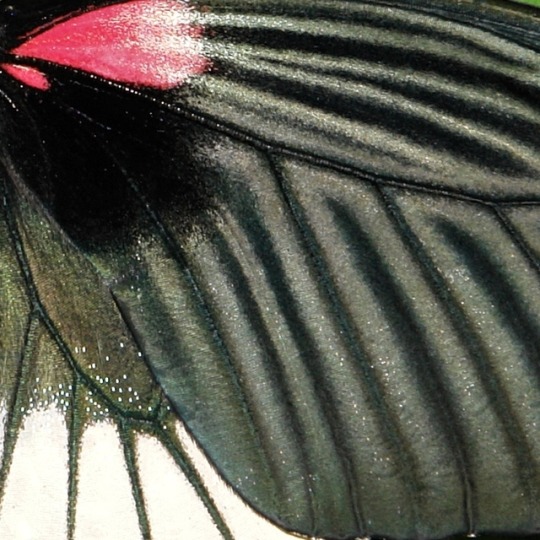
The Butterfly Effect I (of IV) Details from the wings of Chinese butterflies from my image collection. Click individual images for IDs.... by Sinobug (itchydogimages) on Flickr. Pu’er, Yunnan, China See more Chinese butterflies on my Flickr site HERE.....
#insect#macro#China#itchydogimages#Sinobug#butterfly#Lepidoptera#wings#entomology#nature#photography
15K notes
·
View notes
Video
Mormon Fritillary--Speyeria mormonia by Diane Rose Via Flickr: Mormon Fritillary at Lake Irene, Rocky Mountain National Park, Colorado on 22 August 2017.
2 notes
·
View notes
Video
youtube
Tuesday, March 28, 2017
Niagara Parks Butterfly Conservatory, Niagara Falls, Ontario, Canada
The Niagara Parks Butterfly Conservatory is a butterfly zoo operated by the Niagara Parks Commission in Niagara Falls, Ontario, Canada. It is located about 10 minutes (9 kilometres or 5.6 miles) north of Niagara Falls on the grounds of the Niagara Parks Botanical Gardens & School of Horticulture, which is 40 hectares (99 acres) in size.
The conservatory was opened in December 1996 with a gift shop, 200-seat theater/auditorium room, and a climate-controlled greenhouse. The conservatory has over 2,000 tropical butterflies from over 60 different species. The conservatory glass dome is 1,022 square metres (11,000 sq ft) in size with 180 metres (590 ft) of paths inside the greenhouse portion, which has a wide variety of foliage. The conservatory can accommodate up to 300 visitors per hour. Since captive butterflies usually have a life span of 2–4 weeks, the conservatory imports up to 3,000 butterflies per month from world butterfly farms in Costa Rica, El Salvador, the Philippines, and Australia. Special netting along the inside of the glass dome keeps the butterflies from getting stuck to it and from dying from hypothermia. Butterfly food plants at the conservatory such as Lantana, Cuphea, Zinnia, Ixora, Liatris, and Pentas are replaced every 2–3 weeks because caterpillars have large appetites. Visitors who want the butterflies to land on them should wear bright clothes, move slowly, and wear perfume or cologne. Eurasian quails, turtles, goldfish, toads, and beetles help keep the insect population in balance. The Emergence area allows visitors to view the butterfly life cycle and produces over 45,000 butterflies annually.
The species of butterfly at the conservatory include the banded orange, blue morpho, common Mormon, cydno longwing, Doris longwing, Gulf fritillary, Julia, Low's swallowtail, monarch, mosaic, owl, red lacewing, Sara longwing, and small postman.
For more information go to: https://www.niagaraparks.com/niagara-falls-attractions/butterfly-conservatory.html
Source: https://en.wikipedia.org/wiki/Niagara_Parks_Butterfly_Conservatory
0 notes
Text
Black swallowtail on wild bergamot
Species at risk: Mormon Metalmark (Apodemia mormo) butterfly depends on buckwheat host plant.
Monarch Butterfly (Danaus plexippus) photo credit William Warby
“Entomology extends the limits of being in new directions, so that I walk in nature with a sense of greater space and freedom. It suggests, besides, that the universe is not rough-hewn, but perfect in its details. Nature will bear the closest inspection; she invites us to lay our eye level with the smallest leaf and take an insect view of its plane.”—Henry David Thoreau.
In popular esteem the butterflies among the insects are what the birds are among the higher animals—the most attractive and beautiful members of the great group to which they belong. Entomology happens to be the branch of zoology focussing on the study of insects. Butterflies are primarily day fliers (diurnal) and remarkable for the delicacy and beauty of their membranous wings, covered with myriads of tiny scales that overlap one another like the shingles on a house and show an infinite variety of hue through the coloring of the scales and their arrangement upon the translucent membrane running between the wing veins. It is this characteristic structure of the wings that gives to the great order of butterflies and moths its name “Lepidoptera”, meaning scale-winged.
The Entomological Society of Saskatchewan takes part in the North American Butterfly Count July 21. The society members will also give talks, presentations and displays.
Take the time to learn how to establish a pollinator native plant ribbon or butterfly garden. The North American Butterfly Association will provide Certification for your butterfly garden.
Ronald R. Hooper states that 160 species of butterflies are known in Saskatchewan, in families known as skippers, swallowtails, whites, sulphurs, marbles, hairstreaks, harvester, metalmarks, brushfooted butterflies, meadow browns, and coppers (see bibliography for scientific nomenclature). Every fall the Monarchs journey from Canada to California or Mexico, and they return to Canada in the spring. During this migration phone Nature Saskatchewan’s toll-free line at 1-800-667-HOOT (4668) to report any Monarch Butterfly sightings. When you are out and about this season, keep an ear out, do tell if there is the slightest murmuration when the butterflies migrate past.
And, whereas, the Monarch is known to migrate, this is not the case with all butterflies. Most of the Swallowtails pass the winter as chrysalids while practically all the Angle-wings pass the winter as adults. The Graylings and the Fritillaries are typical examples of butterflies which hibernate as newly hatched larvae. Many species simply find such shelter as they may at or near the soil surface, others may hibernate under boards, stones, or tufts of grass. The Swallowtails, nearly all of which hibernate in the chrysalis stage. Other examples are the various Whites, the Orange-tips, and isolated species like the Wanderer, and the Spring Azure and the American Copper. Now, an adult butterfly seems a fragile creature to endure the long cold months of winter, however many of our most beautiful species habitually hibernate as adults, finding shelter in such situations as hollow trees, the crevices in rocks, the openings beneath loose bark or even the outer bark on the under side of a large branch.
The butterflies furnish the best known examples of insect transformations. The change from the egg to the caterpillar or larva, from the caterpillar to the pupa or chrysalis, and from the chrysalis to the butterfly or imago is doubtless the most generally known fact concerning the life histories of insects. If you do not know the name of the lepidoptera larva, butterfly or moth that you have found, try to take a photograph of it. Identify your sighting at this web site which features an image gallery. If you have a photo of a caterpillar send in information about the plant that the caterpillar was found upon to Butterflies and Moths of North America and help to grow the database.
The Entomological Society of Canada hosts a Common Names database for insects and other related arthropods.
Learn about Butterflies Day Tuesday March 14. 1./ Learn.
2./ Experience
3./ Do Something.: ***
“The study of butterflies,—creatures selected as the types of airiness and frivolity,—instead of being despised, will some day be valued as one of the most important branches of biological science.”—Bates, Naturalist on the Amazons.
BIBLIOGRAPHY:
Aquatex Consulting ~ A guide to aquatic insects of Saskatchewan.
Butterfly Count 2
Canadian Geography and Butterfly Distribution. Canadian Biodiversity Information Facility. CBIF
Forte, Theresa M. Butterfly Gardens can be Elegant. Landscape Saskatchewan.
Froehlich, Shirley. Milkweeds and Monarchs. Prairie Originals
Holland, William Jacob. The butterfly book A popular guide to a knowledge of the Butterflies of North America. 1898. Garden City New York Doubleday, Page and Company.
The Butterflies of North America North of Mexico. Family I. Nymphalidae, the Brush-footed Butterflies
Subfamily Euplaeinae, the Milkweed Butterflies
Subfamily Ithomiinae, the Long-winged Butterflies
Subfamily Heliconiinae, the Heliconians
Subfamily Nymphalinae, the Nymphs
Subfamily Satyrinae, the Satyrs, Meadow-browns, and Arctics
Subfamily Libytheinae, the Snout-butterflies
Family II. Lemoniidae
Subfamily Erycininae, the Metal-marks
Family III. Lycaenidae
Subfamily Lycaeninae, the Hair-streaks, the Blues, and the Coppers
Family IV. Papilionidae, the Swallowtails and Allies
Subfamily Pierinae, the Whites, the Sulphurs, the Orange-tips
Subfamily Papilioninae, the Parnassians and Swallowtails
Family V. Hesperiidae, the Skippers
Subfamily Pyrrhopyginae
Subfamily Hesperiinae, the Hesperids
Subfamily Pamphilinae
Subfamily Megathyminae, genus Megathymus
Hooper, Ronald R. Butterflies and Moths. Encyclopedia of Saskatchewan. Canadian Plains Research Centre, University of Regina. 2006
Hot, dry weather yields blizzard of butterflies. Bugs go through 3-5 generations in 1 summer. CBC News. Aug 11, 2016
Identify a Butterfly, Moth or Caterpillar. Butterflies and moths of North America.
It is prime butterfly time in Saskatchewan. CBC News. August 2, 2016
Monarch Butterflies start their migration in Saskatchewan. Weyburn this week. August 12, 2016
Monarch Butterfly Cycle. Homeschool Travelers. World Wide Traveling.
Monarchs and milkweed. Nature Conservancy of Canada NCC
Places to find milkweed in Sask. to conserve Monarch butterflies CBC News. April 2, 2016
Walk through the Prairie Getting to know Canada.
“What hand would crush the silken-wingèd fly, The youngest of inconstant April’s minions, Because it cannot climb the purest sky, Where the swan sings, amid the sun’s dominions?
Not thine.” Percy Bysshe Shelley.
There is another aspect of life on the land; while working in forest or garden a man has time for meditation and indeed his very act is devotion. He becomes in tune with the Infinite. The miracle of growth and the seasons’ changes induce a sense of wonderment and call forth worship from his inner being and in this sense WORK becomes WORSHIP.~ Richard St. Barbe Baker.
For more information:
Richard St. Barbe Baker Afforestation Area is located in Saskatoon, SK, CA north of Cedar Villa Road, within city limits, in the furthest south west area of the city. Wikimapia Map: type in Richard St. Barbe Baker Afforestation Area Google Maps South West Off Leash area location pin at parking lot Web page: https://stbarbebaker.wordpress.com Where is the Richard St. Barbe Baker Afforestation Area? with map Facebook: StBarbeBaker Facebook group page : Users of the St Barbe Baker Afforestation Area Facebook: South West OLRA If you wish to support the afforestation area with your donation, write a cheque please to the “Meewasin Valley Authority Richard St. Barbe Baker Afforestation Area trust fund” (MVA RSBBAA trust fund) and mail it to Richard St. Barbe Baker Afforestation Area c/o Meewasin Valley Authority, 402 Third Ave S, Saskatoon SK S7K 3G5. Thank you kindly! Twitter: St Barbe Baker
Pinterest richardstbarbeb
“Winged flowers, or flying gems.”
Moore.
Learn about Butterflies Day March 14 "Entomology extends the limits of being in new directions, so that I walk in nature with a sense of greater space and freedom.
#and Arctics Subfamily Libytheinae#and the Coppers Family IV. Papilionidae#brushfooted butterflies#butterfly#butterfly garden#Canada#caterpillars#chysalids#coppers#diurnal#Entomolocial Society of Saskatchewan#Entomological society of Canada#entomology#Family I. Nymphalidae#genus Megathymus#hairstreaks#harvester#henry david thoreau#hibernate#larvae#Lepidoptera#marbles#meadow browns#Meewasin Valley Authority#metalmarks#migrate#Monarchs#native plant#Nature#North American Butterfly Association
0 notes
